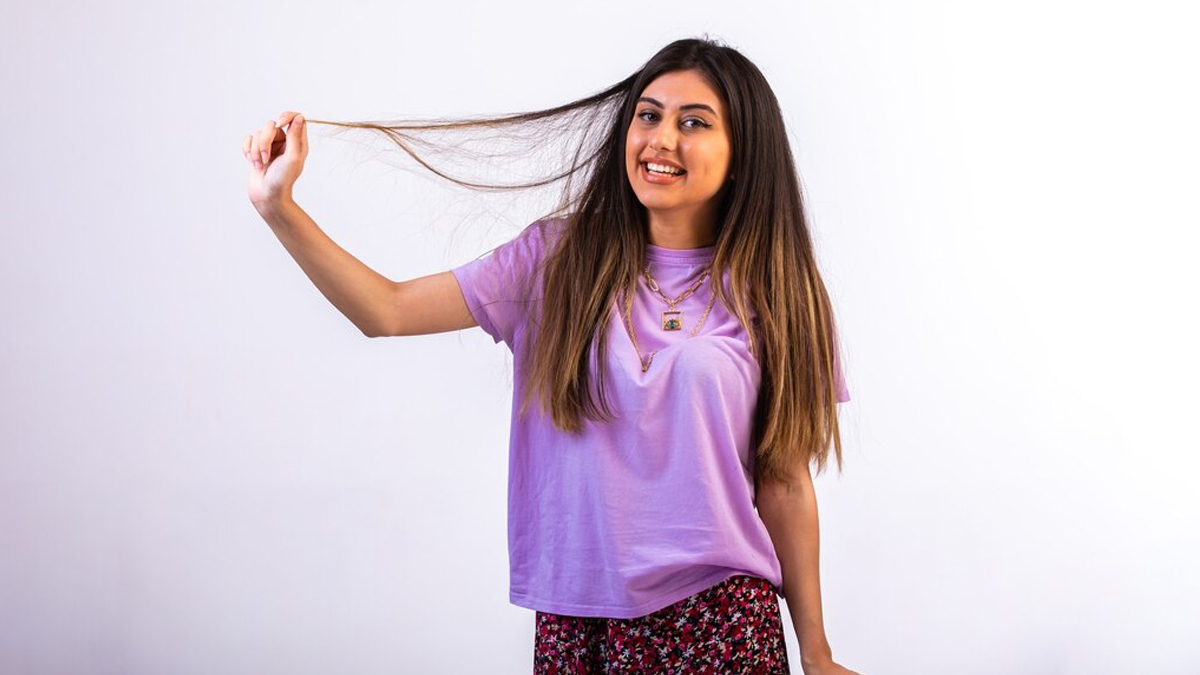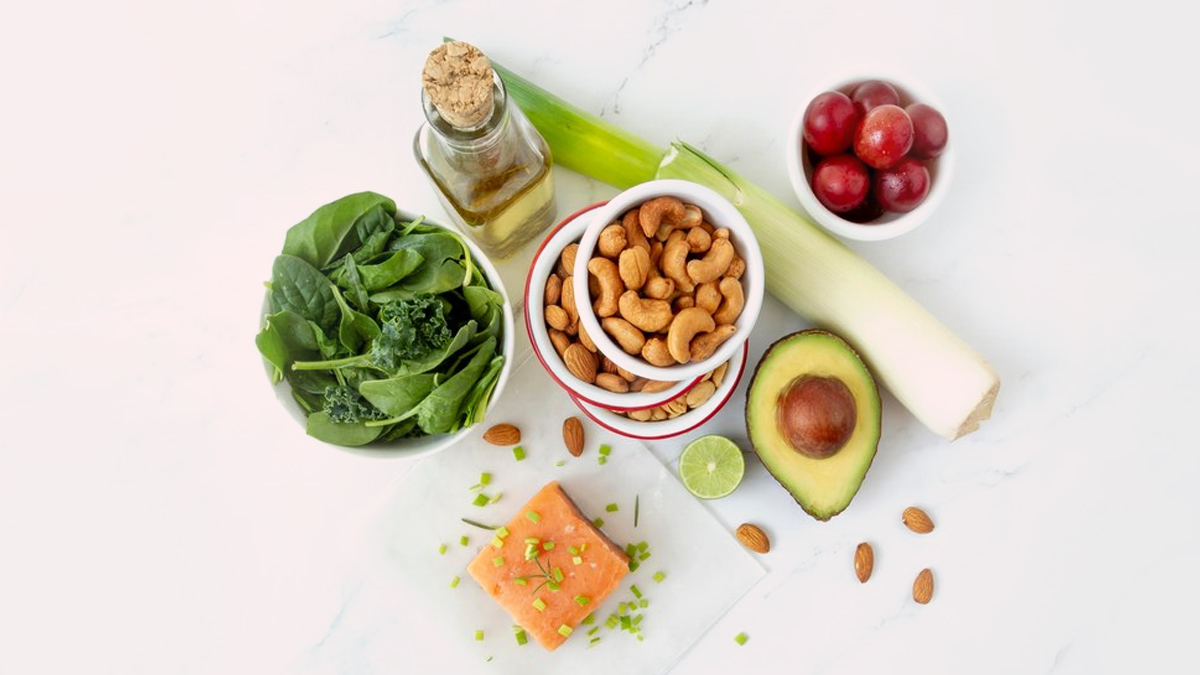
Have you ever dreamed of having long, beautiful hair that reaches your waist? Whether you’ve always wanted long locks or want to know how to make it happen, you're not alone. Many people imagine having waist-length hair, but getting there takes more than just hope. With some patience, good care, and the right habits, anyone can grow their hair long and healthy. In this article, we share the steps to grow your hair and the best tips to keep it strong and shiny.
Table of Content:-
Tips To Achieve Waist-Length Hair
1. Patience and Time: Growing Long Hair Takes Time

The first thing you need to know is that growing hair to waist length is not a quick process. According to a2023 study, each hair on your head grows at an average rate of about one cm per month. Facial hair, including eyelashes, eyebrows, and body hair, tends to grow more slowly. Hair continues to grow longer as long as new cells are produced in the hair bulb, a process known as the anagen phase. At any given time, approximately 90% of an individual's hair is in this growth phase.
This means it could take several years to reach waist length, depending on how long your hair is currently and how fast it grows. However, with the right care, you can optimise your hair’s growth potential and avoid setbacks that could slow progress.
2. Trim Regularly to Prevent Split Ends
It might seem contradictory, but trimming your hair is crucial for achieving long growth. Split ends and damaged hair can prevent hair from growing effectively, as the hair strands will break off and stop growing longer. Getting regular trims every 8-12 weeks helps maintain healthy ends and minimises breakage. If you want to preserve length, consider trimming only the tips of your hair, focusing on split ends and dryness, rather than cutting a significant amount off.
Also Read: Doctor Speaks: Safety Protocol To Be followed for Hair Transplant Procedures
3. Eat a Balanced Diet for Hair Health

Your hair is a reflection of your overall health, and the right nutrients can support healthy growth. According to the International Journal of Trichology, hair is mostly made of a protein called keratin, so eating enough protein is important for healthy hair. The speed at which hair cells divide depends on the calories in your diet, which mainly come from carbohydrates. Additionally, vitamins and minerals are necessary for the hair follicle's energy and growth processes.
Consider adding leafy greens, avocados, sweet potatoes, and berries to your meals. Staying hydrated also helps, so make sure you're drinking plenty of water every day to keep your scalp and hair healthy.
4. Maintain a Healthy Scalp
Having a healthy scalp is essential for having long, thick hair. To achieve this, it’s crucial to keep your scalp clean and free from build-up, as clogged pores can hinder hair growth. Use a gentle shampoo that suits your hair type and avoid harsh chemicals or excessive washing, which can strip the scalp of its natural oils. If your scalp becomes dry or irritated, consider using soothing treatments like aloe vera gel or oils, such as tea tree oil to promote scalp health.
5. Avoid Heat and Chemical Damage

Excessive heat styling (like blow-drying, straightening, or curling) and chemical treatments (dyeing, perms, or relaxers) can cause hair to become dry, brittle, and prone to breakage. If you want long, healthy hair, minimise the use of these damaging treatments. If you must use heat tools, always apply a heat protectant spray to reduce the risk of damage.
Also Read: Can a Receding Hairline Be Reversed? Expert Insights And Solutions
6. Use the Right Hair Products
Choosing the right hair care products is key to maintaining healthy, long hair. Look for shampoos and conditioners that are sulfate-free to prevent drying out your hair and scalp. Moisturising products are especially important for long hair to keep it shiny and healthy. Consider deep conditioning treatments once a week to restore moisture, especially if your hair is prone to dryness or damage.
7. Sleep Smart to Protect Your Hair

Your hair can be vulnerable while you sleep, so it’s essential to take measures to protect it. You can reduce the damage and maintain the smoothness of your hair by using a silk or satin pillowcase. If you prefer to tie your hair at night, opt for a loose braid or bun to prevent tangling without causing stress on your strands.
8. Be Gentle with Your Hair
Avoid vigorous towel-drying, as it can lead to frizz and hair breakage. Instead, pat your hair dry with a towel and allow it to air-dry as much as possible. If you must brush wet hair, make sure to use a wide-tooth comb to minimise breakage. Always work from the tips of your hair upwards to prevent tugging and damaging delicate strands.
[Disclaimer: This article contains information for informational purposes only. Hence, we advise you to consult your professional if you are dealing with any health issues to avoid complications.]
Also watch this video
How we keep this article up to date:
We work with experts and keep a close eye on the latest in health and wellness. Whenever there is a new research or helpful information, we update our articles with accurate and useful advice.
Current Version